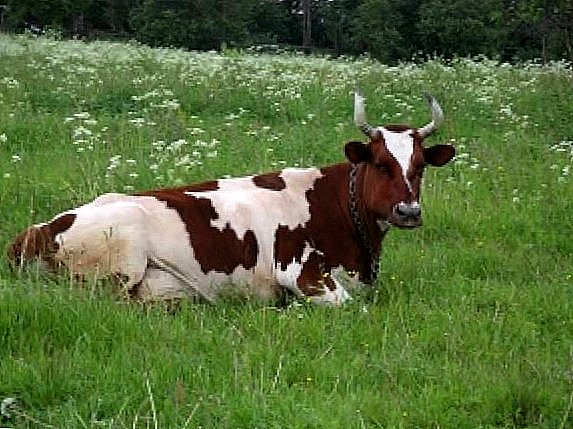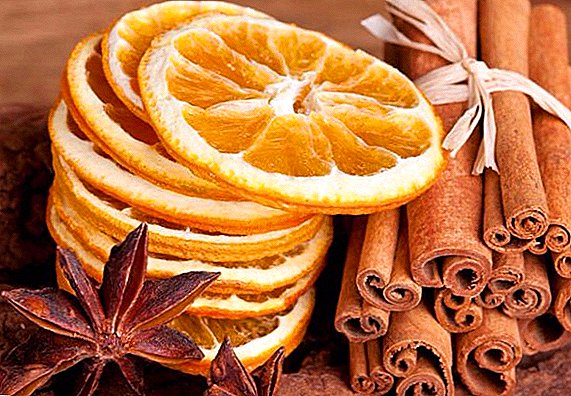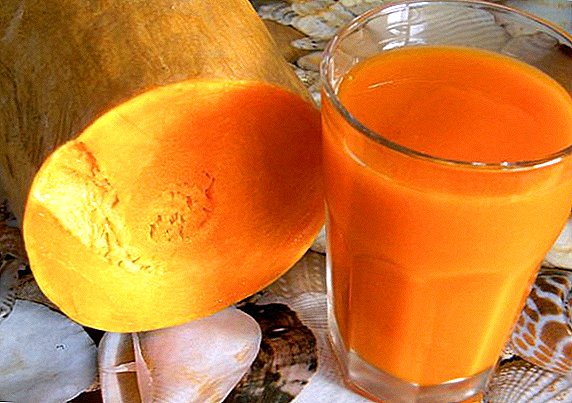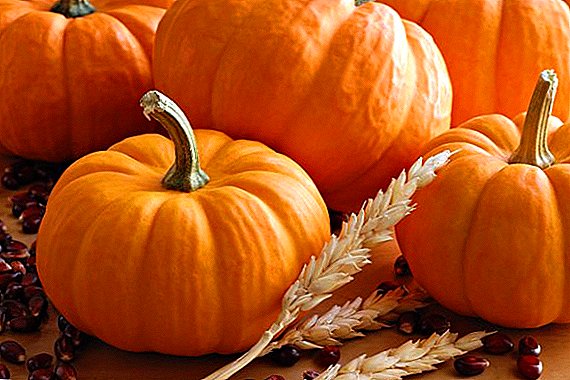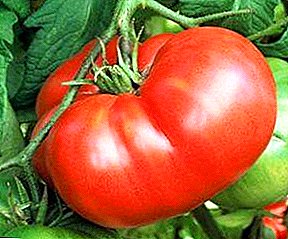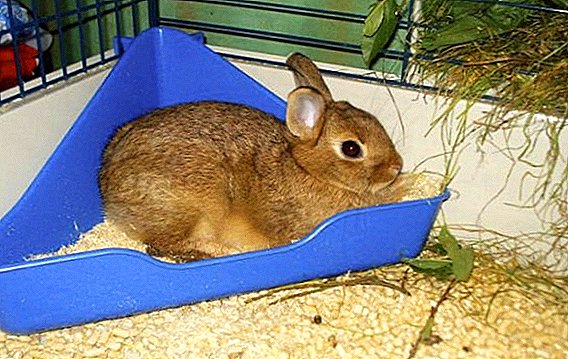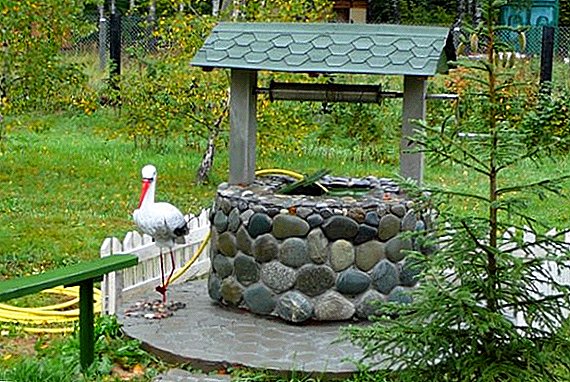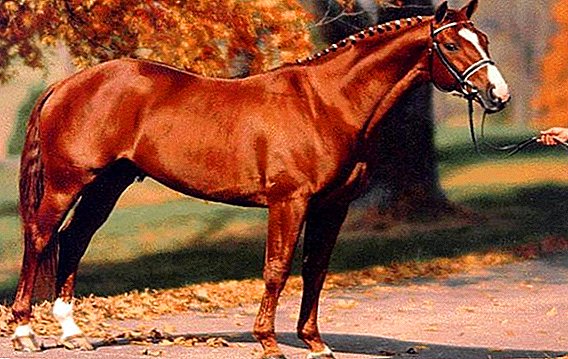 Hygiene is a guarantee of health not only of a person, but also of any living being.
Hygiene is a guarantee of health not only of a person, but also of any living being.
In our article we will talk about horse hygiene: how to clean them properly, how to clean them and what the conditions of detention should be.
Indeed, it depends on the correctness of the procedures, how much the animal will feel comfortable after them and how efficient it will be.
Horse care supplies
Before you begin to wash and clean the horse, you need to prepare all the necessary accessories, namely:
- whalebone brush (hard) - removes dried dirt and stains from bedding;
- hair brush (soft);
- scrapers (metal and rubber) - remove dust from brushes and glueing (glued wool);
- mittens (rough and velvet) or cloth;
- wooden comb or plastic brush-comb (they comb bangs, mane, tail);
- rounded scraper (plastic or metal) to remove excess moisture from the wool;
- hook and brush for cleaning hoofs;
- sponge;
- microfiber cloth.

Proper horse bathing
In order to properly redeem a horse, you need to know where you need to start cleaning the animal and how to wash parts of its body. We will tell about it further.
Did you know? The respiration rate of the horse at rest is 8-16 times / min. During physical exertion it increases in 5-7 times.
Why and how often you need to do
Cleaning and bathing are not only hygienic, but also aesthetic procedures. Besides the fact that you rid the animal of wool from litter, dirt, parasites, you give it shine and pomp. Also, water treatments stimulate oxidative processes in the horse's body, which has a positive effect on its well-being.
In the heat, the water takes part in the thermoregulation of the body and helps to harden it.
Completely bathe the horse should be at least once a week. Feet wash after each walk.
How to bathe
Before bathing, the animal must be tied so that it does not move away from you at the wrong time.  To do this, put on a halter and secure the motive near the hose with water:
To do this, put on a halter and secure the motive near the hose with water:
- Make a small stream of water and start washing, moving from the hoofs up to the body.
- Then go to the stomach, neck, then go down to the tail. Lift it up and wash under it.
- Last but not least throw a weak stream of water over your face.
If you need to thoroughly wash the wool, then use a shampoo and a soft sponge. Read from the tail and mane. They can be washed with ordinary soap. The tail is rubbed with a brush, and the mane is more convenient to "wash" with your hands.
Detergent must be thoroughly washed out of wool, so that there is no irritation on the skin. After it is necessary to rinse the animal with saline solution (100-150 g per bucket of water) so that the wool is fluffy and shiny.
Important! If a horse spends a lot of time on grazing, then it should be bathed only with shampoo, as soap removes the natural protective layer. Also, you can not wash soap foals.
If the horse often saddles, then after bathing his back under the saddle must be wiped with a sponge dipped in water with the addition of alcohol. This will prevent the development of inflammatory processes, invisible wounds and harden the animal.
After the bath procedures, the remnants of moisture from the wool must be removed with a special scraper or a palm edge. 
Drying
After removing the remnants of moisture, take a clean rag and dry the animal’s body, mane and tail. Pay special attention to the legs, the area under the headstock and the back under the saddle. If possible, get the horse out in the sun to dry completely. Before putting the animal in a stall, you can put repellent on the coat.
How to clean a horse
Cleaning is quick and thorough. The first is usually used in the morning when the horse is taken out of the stall for training. Thorough cleaning removes dirt, dust, opens the pores, and it is also a good massage that improves blood circulation. Let's sort this type of cleaning in more detail.
It will be useful for you to familiarize yourself with the anatomy of a horse, and also to find out what feedings are necessary for the health of the hooves, joints and coat of the horse.
Head
To clean the muzzle, you must use a soft cloth or sponge. They are moistened in water and gently wipe their eyes and nose. The soft brush will help to clear wool from dirt.
Wool
Starting the trunk from the upper left neck.
- Hold the scraper in your left hand, and the groomer in your right hand. Carry out rotational movements, move quickly and with good pressure towards the tail, avoiding the zone with close bone location (from neck to shoulders, front legs, body, rump, back legs).
- The scraper is cleaned after several scrubbing of the wool using a groomer.
- If there are places on the body of an animal with heavily dried dirt or a lot of stuck wool, after cleaning with a scraper, walk with a brush with stiff bristles.
- Then pass with a soft brush, performing shaking movements with a slight pressure.
- After a microfiber cloth or a special mitten, rub the hair to the shine with massaging movements.

Mane and tail
After cleaning the body, they start combing the mane and tail. First, using a wide comb unravel the hair. The mats are carefully handled. Try to comb strand by strand, so you will less traumatize the animal.
After cleaning with a wet brush, smooth the mane and the base of the tail.
Important! While cleaning the tail, do not forget to pay attention to the area under the tail. It is wiped with a damp cloth or sponge.
Hooves
The final stage of cleaning is the hoof. It is necessary to become so that when the horse lifts its feet, the hoof is turned by the heel towards you. The animal must be tied. Ask him to raise his leg. If it does not, hold it against her shoulder and lift your leg.
Clean the hooves with a special hook and brush, moving from the heel to the front wall, bypassing the arrow. Brush the remnants of dirt.
Hygiene horses
The extent to which the rules of keeping horses are respected depends on their health. 
Stable microclimate
The microclimate is a series of physical factors of the internal environment of a closed space that affect the body's heat metabolism and health. It includes temperature, humidity, air velocity, air purity, lighting, noise, and more.
When these indicators deviate from the norm, unfavorable conditions are created for the living organism.
Consider the norms of microclimatic parameters for stables:
- temperature - + 4 ... +6 ° С (cold period), + 8 ... +15 ° С (warm period);
- humidity - 70-80%;
- air velocity - 0.2-0.3 m / s (cold period), 0.5-1 m / s (warm period);
- air exchange on one head - 30-50 m³ / h;
- microbial contamination - 100-150 thousand mt / m³;
- light coefficient - 1:10;
- artificial light - 30-75 lx;
- natural light - 50-100 KEO;
- noise level - not higher than 60 dB.
Litter
The litter helps maintain an optimal microclimate in the stable. It absorbs extraneous odors and urine of the animal.  The most commonly used litter is straw. Straw is an excellent insulating material that separates the cold wet floor from the horse's body. Due to the fact that the straw perfectly absorbs moisture and odors, under the hooves of the animal will always be dry.
The most commonly used litter is straw. Straw is an excellent insulating material that separates the cold wet floor from the horse's body. Due to the fact that the straw perfectly absorbs moisture and odors, under the hooves of the animal will always be dry.
In addition, horses often love to chew straw. This slightly dispels their boredom, and also complements the need for dry forage, so the litter should always be fresh and of high quality.
Straw has one drawback - it dries the hoof horn, so if there are problems with the hooves of the horses, it is better to use peat bedding. It is, of course, much more expensive, but exceeds the straw in terms of the volume of absorbed moisture, odors and gases.
To save, you can use a mixture of peat chips with straw in a one-to-one ratio.
The sawdust also has a good absorption capacity, but they warm up worse in the winter. They are also constantly entangled in the tail and mane, clog the hooves, so the animal has to be cleaned more often and longer.
Find out what equestrian ammunition is, and also, find out what hakamora is and why it is needed.
Some horse breeders use rubber or synthetic mats as bedding.
Their advantages:
- they are warm, not slippery, give in to cleaning well;
- can be laid directly on the base of the floor;
- the absence of a concrete screed or other reinforcement saves on the construction of a stable;
- for extra heat, a straw mat can be put on top of the mat.

Manure removal
Any stable must be equipped with a manure storage and disposal system. To clean the room from manure is most advantageous to use scraper conveyors. It is advisable to clean up the excrement daily and during the procedure to bring animals to the street.
Did you know? Stallions are usually born 2-7 days later than mares.
First, horse apples are removed, and after wet excrement.
As you can see, cleaning and washing horses - these are essential procedures necessary to maintain the health and vigor of animals. They not only help to tidy up the exterior of the horse, but also harden it, disperse the blood, help speed up the metabolic processes. In addition, it is a great way to establish contact with animals.


